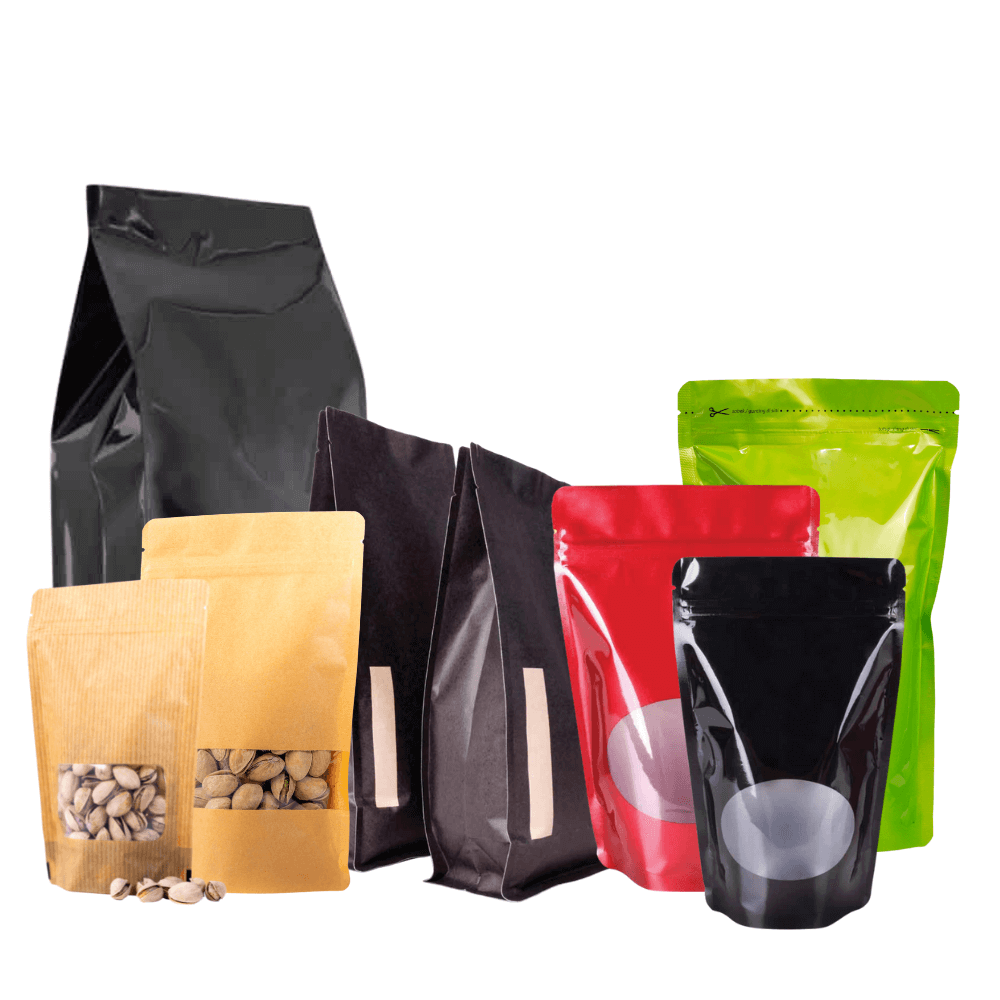3 Reasons to Reassess Reclosable Flexible Packaging Now
Reclosable packaging for beverages evolved over the years sparked by 1950s patent filings. The 1970s brought roll-on closure options to beverages while the 1980s saw twist on-off closures go from high-density-polyethylene (HDPE) to polypropylene (PP) components on semi-rigid beverage cartons.
Current movement in beverage packaging is toward tethered closures to ensure that the cap remains with the container after use for recycling while preventing the cap from becoming waste or litter.
In the packaged foods market, today’s consumers are increasingly expecting reclosure with popular flexible packaging. There are three major reasons why that’s happening…
1. The business case is strong: consumers save money with reclosable packaging.
Reclosable packaging inhibits lipid oxidation, moisture loss/gain, and microbial growth by limiting oxygen, water vapor, and microbial contact while retaining food flavor and aroma. This translates to a longer shelf life by consumers simply reclosing the packaging.
The business case for reclose features are brand- and product-specific. Reclosability can be a “must-have” at the top of the switching criteria hierarchy. In this scenario, the business case is strong because more consumers will switch to a product featuring reclosable packaging.
Investment in an optimal reseal feature drives sales or may simply be required for category entry.
As food prices rise, reclosable features migrate from high-value goods to lower-value products. For example, brands that invest in reclose features to protect high-value meat find that only 9% of meat is wasted after consumer purchase.
Consumers are offered an array of reclosing solutions including peel and reseal lidding on meat trays and reclosable semirigid tubs for deli meat that retain meat quality after purchase. The business case for reclosable packaging is strong in many categories.
